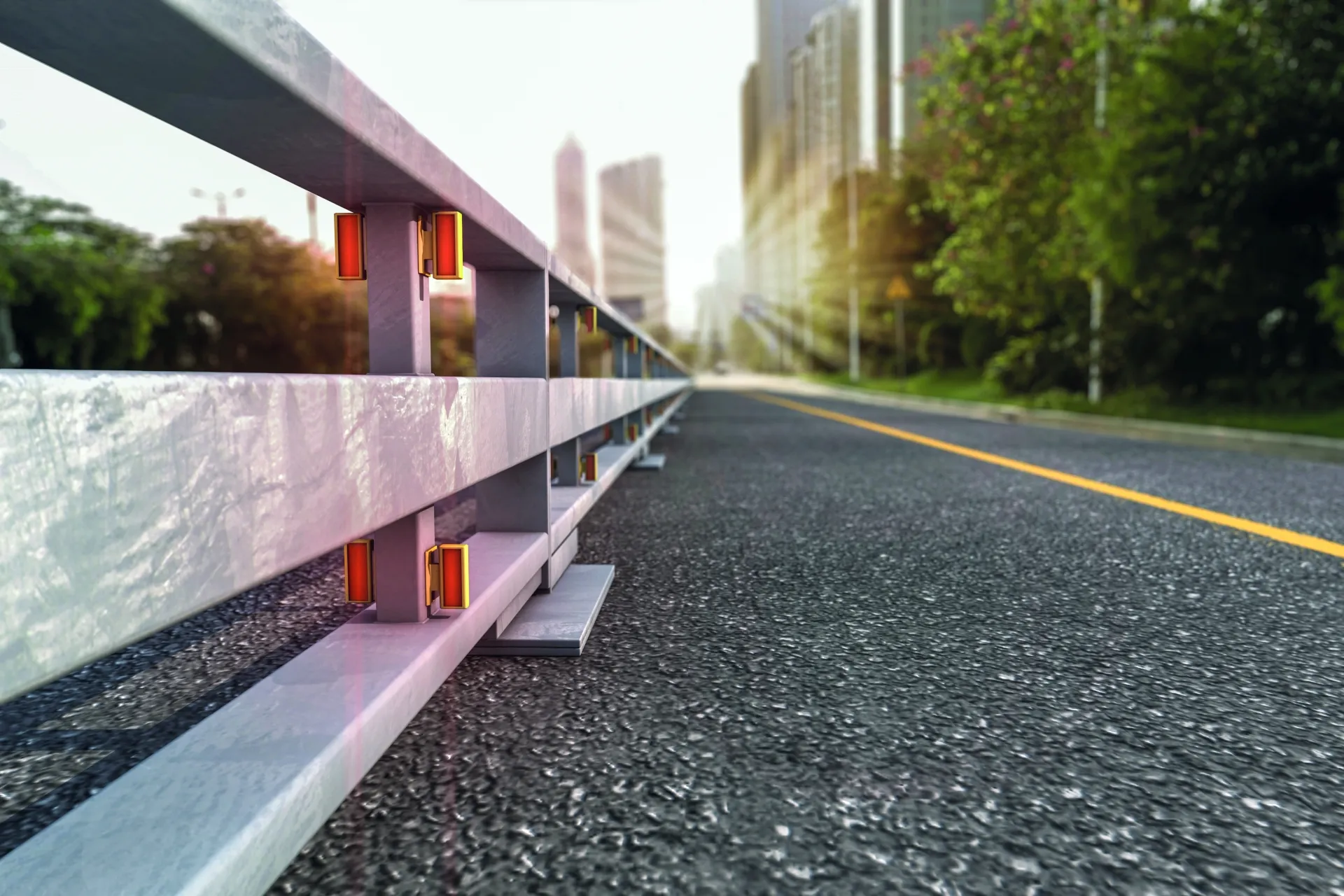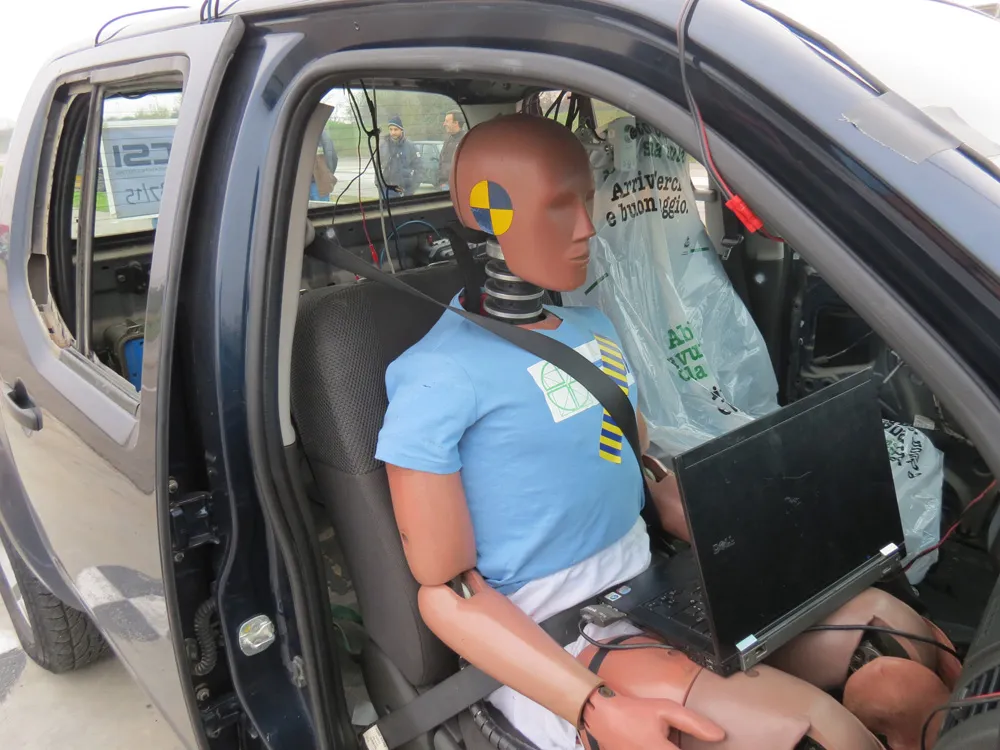
Berghaus’ ProTec-Tor 50 and ProTec-Tor 120 mobile crash barriers are tool-free solutions to open a quick access point for emergency services
They are part of the German manufacturer’s ongoing commitment to development of mobile crash barriers. In an emergency, it takes only a couple of fast actions to release the force-fit connection of the ProTec-Tor 50 and ProTec-Tor 120 mobile crash barriers and open the ProTec-Tor elements. Fire brigades, emergency services and police then have easy access through the otherwise closed, mobile crash barrier. In special cases, it is also possible to divert traffic away through the emergency opening.
Back in the 1990s, Berghaus initially focused on developing mobile crash barriers made of steel. This was soon followed by a combination of steel and concrete, resulting in the first ProTec crash barrier tested to European standard DIN EN 1317-2.
The ProTec family has evolved into six types of mobile crash barriers.
Firstly, there was the ProTec 50, made of steel and which achieves an ASI value A with containment level T1 and effective range W2. Because of its narrow width and minimum space requirements, in can be transported in high volumes.
The second pure steel system was the ProTec 50 City with a containment level T1, effective range W2 and ASI value A. It is tested at an impact speed of 80kph and is suitable for urban roadworks. With its low weight of just 23.5kg/m and element length of only 2m, ProTec 50 City can be installed quickly and easily without needing additional equipment.
The mobile crash barrier ProTec 100 is the first system in the product family to offer a combination of steel and concrete. With a narrow structural width, element length of 6m for economic transport and rubber based stands that protect the road surface, this crash barrier achieves containment levels T1 and T3 with effective range classes W1/W2 together with the ideal ASI value A.
ProTec 120 is Berghaus’ all-rounder. It fulfils the effective range classes T1/W1, T3/W2 with the outstanding impact force class A and is also H1/W5-tested. It has an element length of 10m, narrow structural width of 30cm and low element weight that allows for a high transport volume. It is popular in not just Germany but internationally.
The ProTec 121 offers ideal protection particularly for constricted roadworks situations. In corresponding impact tests, ProTec successfully achieved the containment levels T1/W3 and H1/W5. It also reached the best effective range class W1 in containment level T3.
The ProTec portfolio is rounded off by the ProTec 160 which has containment level H1 and effective range W4.









